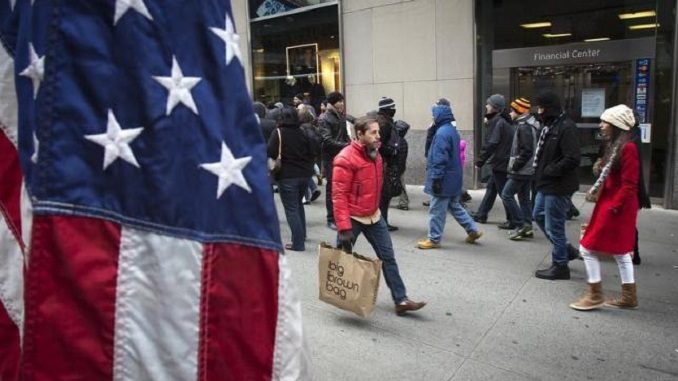
The number of U.S. jobs surprisingly surged in July, pushing it beyond its pre-pandemic level and dispelling worries that the economy was in a recession, Reuters reported.
In addition, companies continued to boost salaries at a rapid rate and usually maintained longer hours for employees, according to the Labor Department’s widely watched employment report released on Friday. The Federal Reserve may be able to continue rapidly raising interest rates given the job market’s ongoing strength.
According to the poll of businesses, nonfarm payrolls climbed by 528,000 jobs last month, the most since February. There were 398,000 new jobs generated in June as opposed to the previously reported 372,000, according to updated data. The payrolls increased for the 19th consecutive month in July, exceeding experts’ predictions of just 250,000 new positions.
Between 75,000 and 325,000 jobs were estimated to have been added, according to the Reuters survey.
All of the jobs lost as a result of the COVID-19 epidemic have now been recovered by the labor market, however, there are still roughly 597,000 unfilled positions in the government sector. There are currently 32,000 more jobs overall than there were in February 2020.
In contrast to the six years, it took to fully recover from the Great Recession of 2007–2009, it only took U.S. jobs around two and a half years.
In an effort to contain inflation, the Fed hiked its policy rate by three-quarters of a percentage point last week, and policymakers have promised further increases would follow. Consumer prices are growing annually at their quickest rate in four decades. Since March, the Fed has increased its benchmark overnight interest rate from close to zero to a range of 2.25% to 2.50%.
The first and second quarters of the year had a fall in the gross domestic product of the United States, fitting the criteria for a recession. Large fluctuations in inventories and the trade imbalance linked to congested global supply chains were the main causes of the economy’s 1.3 percent decline in the first half of the year.
Recessions are officially defined by the National Bureau of Economic Research as “a large fall in economic activity distributed across the economy, lasting more than a few months, and typically shown in the output, employment, real income, and other indicators.”
However, despite the labor market’s strong employment growth in July, some cracks in U.S. jobs are beginning to appear. Employers are cutting off workers in the interest rate-sensitive housing, banking, technology, and retail industries. A major slowdown in payroll growth is unlikely this year, though, with 10.7 million job opportunities at the end of June and 1.8 openings for every jobless person.
Wall Street stocks were trading at a lower level. In comparison to a currency basket, the dollar increased. Treasury prices dropped.

Be the first to comment